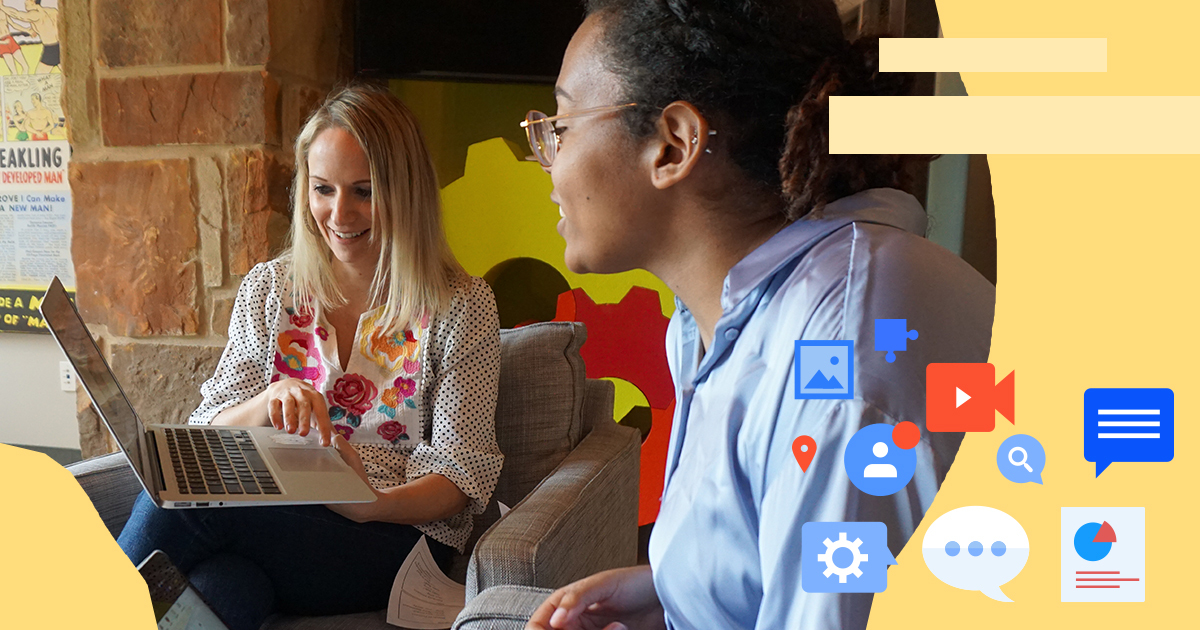What to do when things go wrong in SEO
What to do when thing go wrong in Search Engine Optimization

If something goes wrong in SEO, the small errors can be the most significant cause of dropping the traffic from the website and the rank from top to bottom. However, whenever such problems occur, they should be dealt with immediate effects to resolve the issue. Following are the things one needs to do if things go wrong in SEO.
1. Diagnosis:
There are two ways to diagnose the problem. The first is to check if the organic search graph is dropping on your website. Moreover, second is to get a direct message from Google in Google Search Console telling you about the problem.
2. Analyze manual penalties:
If you get notified about the problem in Google Search Console, it's called the manual penalty. It means that Google has analyzed the site and assessed the penalty. It generally comes in the high-level description of a problem. Many penalties can occur like site-wide link penalties, partial link penalties and thin content penalties. In the case of a manual error, follow the below-mentioned steps:
a. After identifying the cause if you come to know that it's a link penalty then determine the links, Google dislikes such as- paid links, web directories, article directory, international links, coupon codes, poor quality widgets, affiliate spam, comment spam, link exchanges and bed anchor text mix etc.
b. Remedy the problem
c. Send Google a reconsideration request
3. Inspect Algorithm Penalties:
There is an algorithm which is used by Google to assess poor quality websites. It is known as Google algorithms to determine-
a. Panda identifies inadequate quality content
b. Penguin targets poor quality links
c. Top Heavy Ads targets websites with too much advertising
d. Payday Loans focuses on payday loan sites with spam SEO practices
e. Search Quality evaluates website or page quality
Google doesn't elaborate on the problem you need to identify the cause of the problem with a deep understanding of the algorithm and website evaluation.
4. Clean-link related problems:
You can follow these steps to overcome this problem.
a. Obtain link data from SEMrush, Open site explorer, Majestic SEO and Ahrefs to make a list of all the links
b. Remove duplicate links obtained from each tool
c. Analyze the links and marks the ones you want to address
d. Contact the websites to ask for removing the link
e. Address a website only thrice, and in case you won't get any revert, use the Google disavow tool to inform them to discontinue the links
5. Penguin recovery:
If the Penguin algorithm is used to penalize you, then the best solution to the problem is to remove all the problematic links from the site.
6. Content quality:
At first, you need to understand what kind of content Google doesn't like. Some of the most important types are:
a. Thin content
b. Curated content
c. Syndicated content
d. Scraped content
e. Doorway pages
f. User-generated immoderate content
g. Advertising dominated content
h. Product pages with nothing but the manufacturer's supplied descriptions
In short, Google doesn't allow you to get traffic if your content is not value-added for the users who visit your site. Google wants quality content, so you need to improve your content continuously.
7. Panda recovery process:
First of all, there is no way to know if a traffic drop is due to Panda. A reconsideration request can't help you here. Google may take a few months to go through the web pages, assess improvements and return Panda on it. However, during this waiting period, you need to improve the quality of your content.
To prevent such problems, you must seek expert SEO assistance.

















